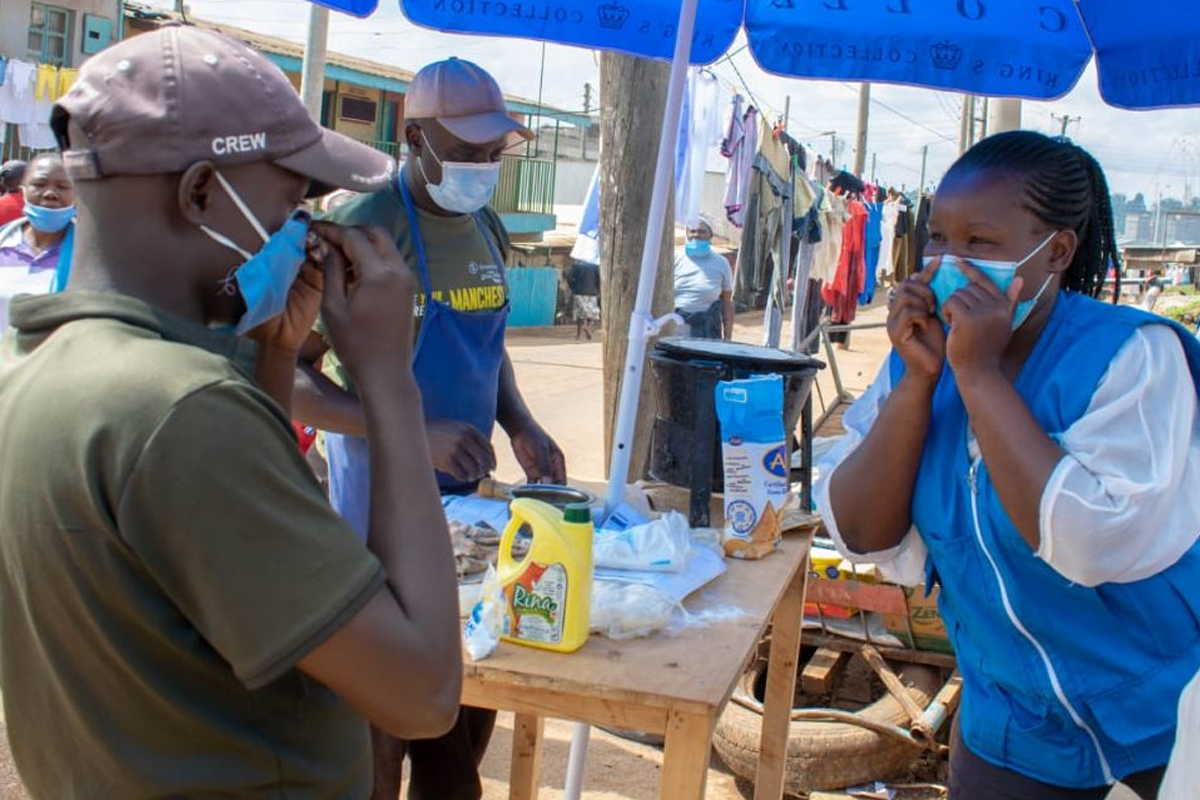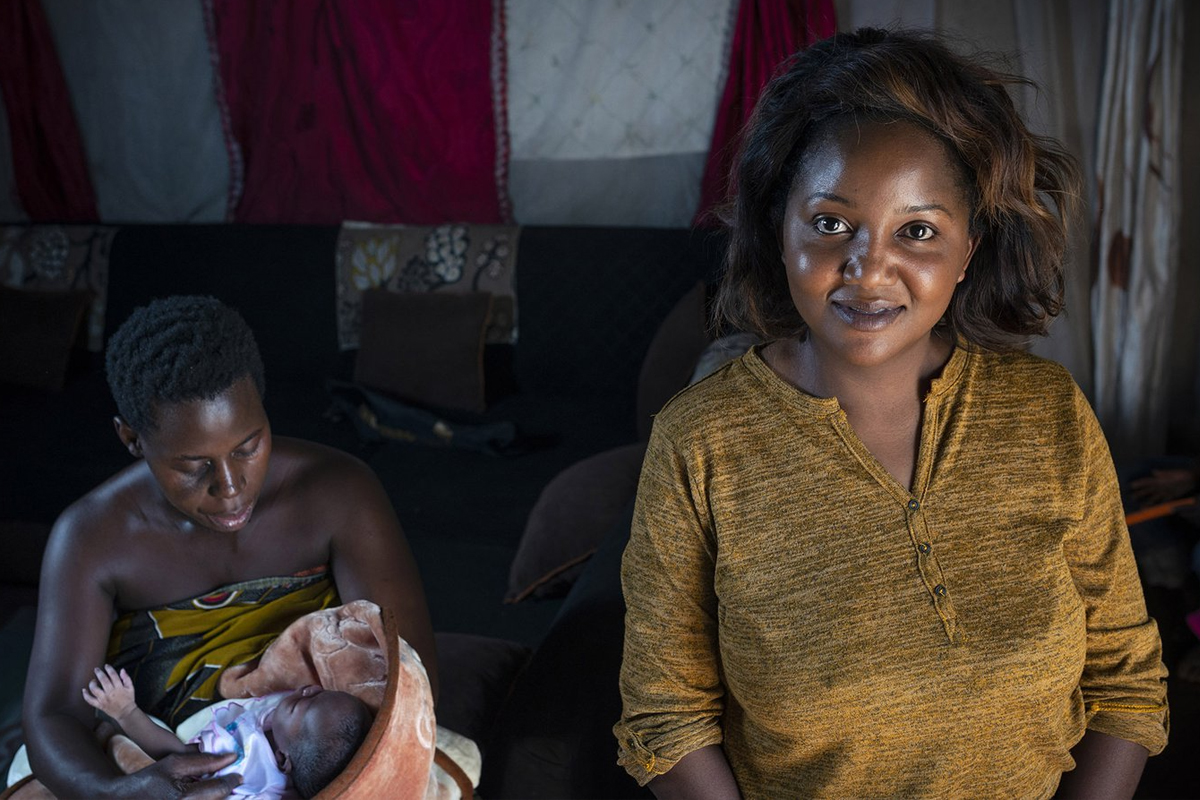Last year, we urged funders in the first of five strategies to take direct action against racial injustice by investing significantly and quickly in the Black leaders and Black-led organizations operating on the frontlines of multiple crises. Many institutions, from foundations to corporations, have made improvements in how they engage with racial justice over this past year, but we have much work to do to build the supportive ecosystems needed to drive transformative change. Namely, ensuring the proximate Black leaders fighting for structural change and dismantling racist systems worldwide are resourced to propel their work forward.
Have institutions implemented meaningful and measurable actions to support racial justice, signaled in their statements one year ago? What will we do to equitably and sustainably resource racial justice work for the long haul?
Despite deploying a record-breaking amount in funds after the onset of the COVID-19 pandemic, philanthropic funds failed to reach the communities of color most affected by the pandemic and its impacts at a crucial time. An updated report from the Center for Disaster Philanthropy (CDP) and Candid found that only 23 percent of dollars distributed in 2020 were explicitly designated for persons and communities of color globally. This number drops down to 13 percent when looking specifically at institutional philanthropy (corporations, foundations, and public charities). Similarly, though American corporations pledged $50 billion toward racial equity after the murder of Mr. George Floyd last May, only $250 million has actually been spent or committed to date. In the private sector, Black business owners in the U.S. are more likely to cease the operations of their business due to insufficient sales or lack of financing than other racial groups. These findings suggest that changes in funding behavior and capital flows are happening much too slowly. Given the stark disparities in funding for Black-led organizations before the pandemic, addressing this at its root is urgent for their survival and the impact they have in their communities.
For many Black, Indigenous, and people of color-led organizations worldwide, their proximity to their communities and pre-existing relationships served as assets, allowing these organizations to pivot to address needs within their communities while the pandemic exacerbated inequities and the racial justice movement surged in the public sphere. Echoing Green Fellows Taylor Toynes and Xavier Henderson collectively distributed more than one million pounds of food to their community during this past year; Kennedy Odede and SHOFCO developed a COVID-19 rumor tracking system to protect members of Kenya’s urban slums from life-threatening misinformation; and Muzalema Mwanza distributed over 10,000 PPE materials for frontline health workers in Zambia so that 50,000 pregnant women were able to give birth in safe conditions during the pandemic. It has been more than one year of this devastating crisis. We must seize this critical opportunity to challenge and reform philanthropy’s old ways of working and ensure that organizations like these endure and thrive. Essential to this effort will be supporting Black proximate leaders and organizations closest to the solutions long after the media headlines subside.


